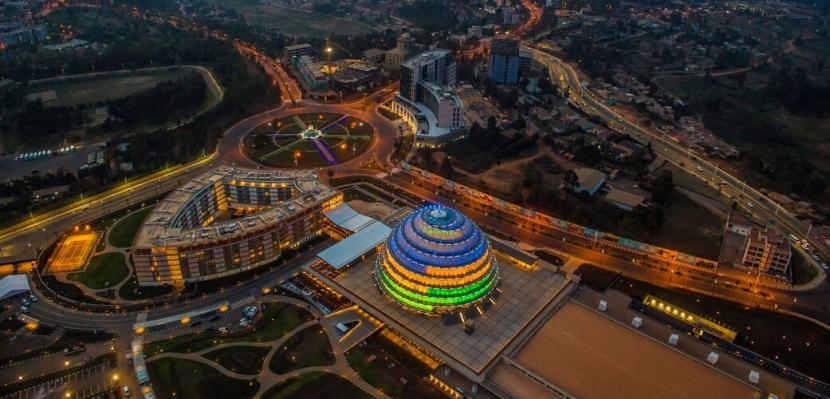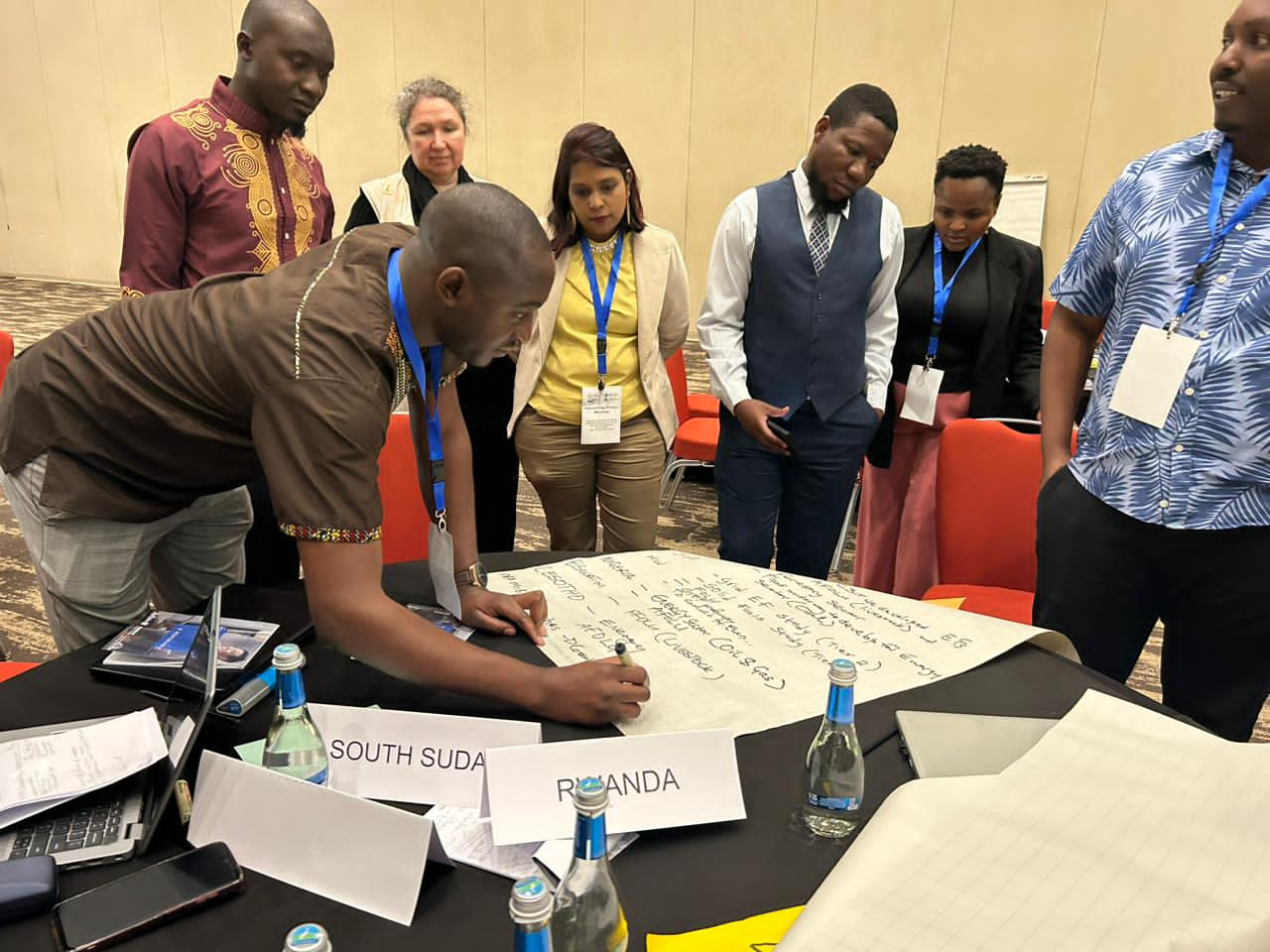Background
Reporting of results of national Greenhouse Gas (GHG) inventories transparently is a key requirement under the Paris Agreement’s Enhanced Transparency Framework (ETF). It comprises detailed planning work on how to use quantitative and qualitative information to estimate in a transparent, accurate, complete, comparable and consistent manner the GHG emissions and removals that occur in the country. The MPGs, formulated to implement transparency in reporting under the Paris Agreement, defined new specific requirements for reporting the results of national GHG inventories. As such, information on national GHG inventory results should be included in a specific chapter of the BTR (Chapter I) and supporting information should be included in the annexes. In addition, all Parties must provide a national inventory report (NIR), consisting of a national inventory document (NID) and common reporting tables (CRT), to the UNFCCC as part of each Party´s BTR submission process.
A large number of countries now count with the skills to prepare national GHG inventories, cultivated as part of the formulation of their previous National Communications and BUR. Some of them, as part of the process of preparing their BTR, have already started the work of updating their current inventories. However, the task of reporting on the associated processes that lead to the development of inventories, and using the new formats are also key aspects to ensure that countries comply with the transparency conditions established in the Article 13 and can become a challenge for the countries if they do not count with the knowledge and tools to do this in a proper manner.
The objective of the CBIT-GSP is to provide streamlined support and capacity-building at the national, regional, and global level to assist developing countries in responding to the reporting provisions under the UNFCCC and the Paris Agreement’s Enhanced Transparency Framework, and ultimately increase ambition for climate action. The CBIT-GSP is planning to achieve this through multiple support modalities, including the establishment and work of 10 Regional Networks across the globe to foster south-south collaboration, knowledge-sharing and learning among countries. The PATPA is dedicated to strengthening global initiatives and networks that support partner countries in reducing greenhouse gas emissions, increasing their adaptive capacities as well as monitoring, learning and communicating this transparently.
The Regional Network for Anglophone Africa is invited to participate in a joint training exercise aimed at improving capacities of the national teams for preparation and reporting the national GHG inventory under the MPGs, which was assessed as one of the priorities on capacity building for transparency in the regional networks. The event will be hosted by the Government of Rwanda and held in Kigali.
Objective
The main objective of the training workshop is to support the country practitioners and experts reporting the results of the National GHG Inventories processes in improving the technical contents of NIRs and BTRs, following the considerations indicated in the MPGs.
Specific objectives:
- Provide these national inventory teams with useful information and international experiences to facilitate their reporting to the UNFCCC following the ETF under the Paris Agreement.
- Participate by implementing concrete situations of preparation and reporting of national inventories, considering reporting provisions under ETF.
- Exchange experiences and lessons learned, corresponding to the application of tools and systems for reporting inventory data with ETF provisions.
- Identify common challenges and opportunities for collaboration among country teams in inventory work, fostering south-south cooperation.
Audience
This activity is intended for technical officers who work as coordinators of the national GHG inventory and sectorial coordinators of the inventory in the countries of the regional CBIT-GSP transparency networks. This includes government staff at the national and sectoral levels, and staff from other institutions that are part of countries’ institutional arrangements for reporting inventories under the UNFCCC and the Paris Agreement.
Approach
It is considered to include four different consecutive stages. Firstly, an introductory webinar that mainly sets the approach and provides instructions to the participants of the other parts of the training workshop (Stage I). Second, a phase dedicated to the collection of information in each country. Said information will be arranged in templates that will be provided by the organizers and will be useful for the exercises to be carried out in a face-to-face training (Stage II). A third phase (Stage III) consists of a face-to-face event where, through practical exercises and presentations, it will be possible to acquire knowledge and insights for a successful reporting of the national inventory under the ETF. And a final follow-up phase (Stage IV), aimed at providing feedback to the participants on the exercises and results produced by the country representatives during the face-to-face training.



